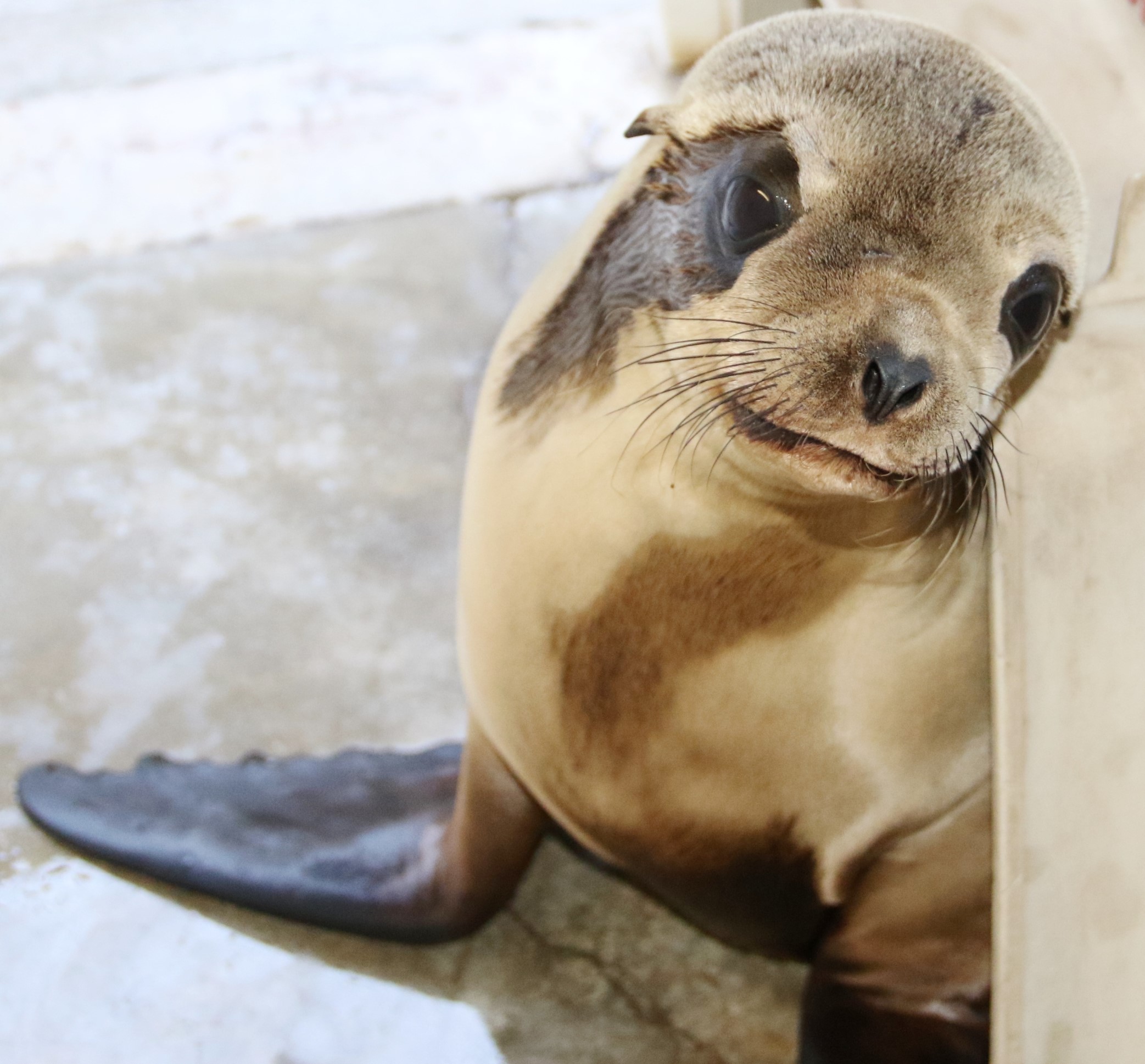Seals
General Information
Scientific Name: Phoca vitulina
Order: Pinnepedia
Average Life Span: Zoological environment up to 25-35 years
Diet: Consists of an assortment of fishes and invertebrates including herring, cod, flounder, sculpin, shrimp, octopus, capelin and squid.
Size: Males weigh up to 350 pounds and average 5-7 feet in length. Females weigh up to 200 pounds and average 4-6 feet in length.
Fun Facts
- Seal pups are born in spring and summer, and enter the water almost immediately.
- Seals are capable of diving to depths of up to 1700 feet.
- Seals can swim underwater for a duration of 40 minutes.
- Sexual maturity in seals happens at age 3-6 for females and 3-7 for males.
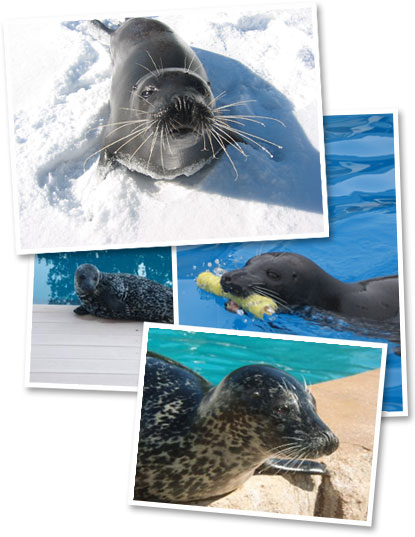
In the scientific order Pinnipedia, there are true seals and eared seals. Harbor seals, also known as common seals, are true seals that possess certain characteristics making them different than eared seals. True seals possess internal ears, propel themselves through the water with their hind flippers in a side to side or sculling motion, and use their stomach muscles to bounce along the land. Harbor seals have a rounded body and their flippers are short and webbed. Their fore flippers have noticeable claws that harbor seals use for scratching, grooming, and defense. Harbor seals typically have beautiful coats of gray or brown fur with individual dark and light spots. Males are slightly larger than females. There are five subspecies of harbor seals: P.v. richardsi, P.v. vitulina, P.v. concolor, P.v. mellonae, and P.v. stefnegeri
Distribution: Harbor seals can be found along both the Atlantic and Pacific coasts. In the east they range from from Canada and Greenland through New York. In the Pacific ocean they range from Alaska down to Baja, Mexico.
Habitat: Harbor seals prefer shallow areas of estuaries, rivers and places where sandbars and beaches are uncovered at low tide. They prefer to haul out on rocky cliffs as well as sandy beaches to rest and raise their pups. When they are not on land, these seals are commonly seen in the Arctic, subarctic and temperate coastal waters, estuaries and rivers.
Predators: Harbor seals are hunted by large sharks, orcas and polar bears. Like most animals living in the wild today, human destruction of their environment creates the largest danger to them.
Family Life: Harbor seals do not form pair bonds. Male seals breed with many females. Pregnant seals give birth to a single pup following an 11- month gestation period typically in March or April. Females give birth on land, ice, or in the water near shore. Gestation includes a period of delayed implantation, when the fertilized egg stops growing and remains dormant for a period of 1 1/2 - 3 months. Delayed implantation allows pups to be born when environmental conditions are optimal for their survival. Pups nurse for about four to six weeks. Harbor seal milk is high in fat content allowing pups to double in weight by the time they are weaned. Females recognize their pups by vocalizations and by smell. After the pup is weaned, the female shows no interest in the pup. Pups typically weigh up to 30 pounds at birth and naturally learn to swim within the first moments of life. Pups nurse from their mothers for about four weeks, after which they are weaned. Adult females usually mate and give birth every year. Seals may live 25-30 years in a zoological environment.
Earless Seals: Harbor seals are called earless seals because they lack external ear flaps. Their ears are internal providing them with excellent hearing.
Diet: Harbor seals have 34 - 36 teeth. Their teeth are pointed and sharp, adapted for grasping and tearing, not chewing, their food. Harbor seals are opportunistic feeders and eat a variety of fish and invertebrates. Their diet varies seasonally and regionally depending on local prey availability. They generally feed close to shore and in shallow waters.
Behavior: Harbor seals spend about half of their time on land and the other half in the water. Harbor seals can swim up to 12 - 15 miles per hour, but they generally cruise at slower speeds. They are known to dive up to 1,500 feet and are capable of holding their breath for up to 40 minutes per dive.
Conservation Status: Harbor seals and all marine mammals are protected under the Marine Mammal Protection Act (MMPA) passed in 1972. This act makes it illegal to hunt or harass any marine mammal in U.S. waters. According to the MMPA, all seals and sea lions in U.S. waters are under the jurisdiction of the National Marine Fisheries Service. Although these mammals are protected by law, they are still under threat due to human impact. Marine debris is extremely dangerous and often deadly. Seals and sea lions live both on land and water, so they encounter both material dumped at sea as well as debris such as fishing line that washes up on shore. By recycling, we can all help to save and preserve these animals and our environment. The Atlantic harbor seal population is stable, which means that it is not currently at risk for extinction. The harbor seal world population is estimated at 400,000-500,000 animals.
For additional information
Seal Conservation Society: www.pinnipeds.org
Riedman, Marianne. The Pinnipeds: Seals, Sea Lions, and Walruses. Berkley: University of California Press, 1990.




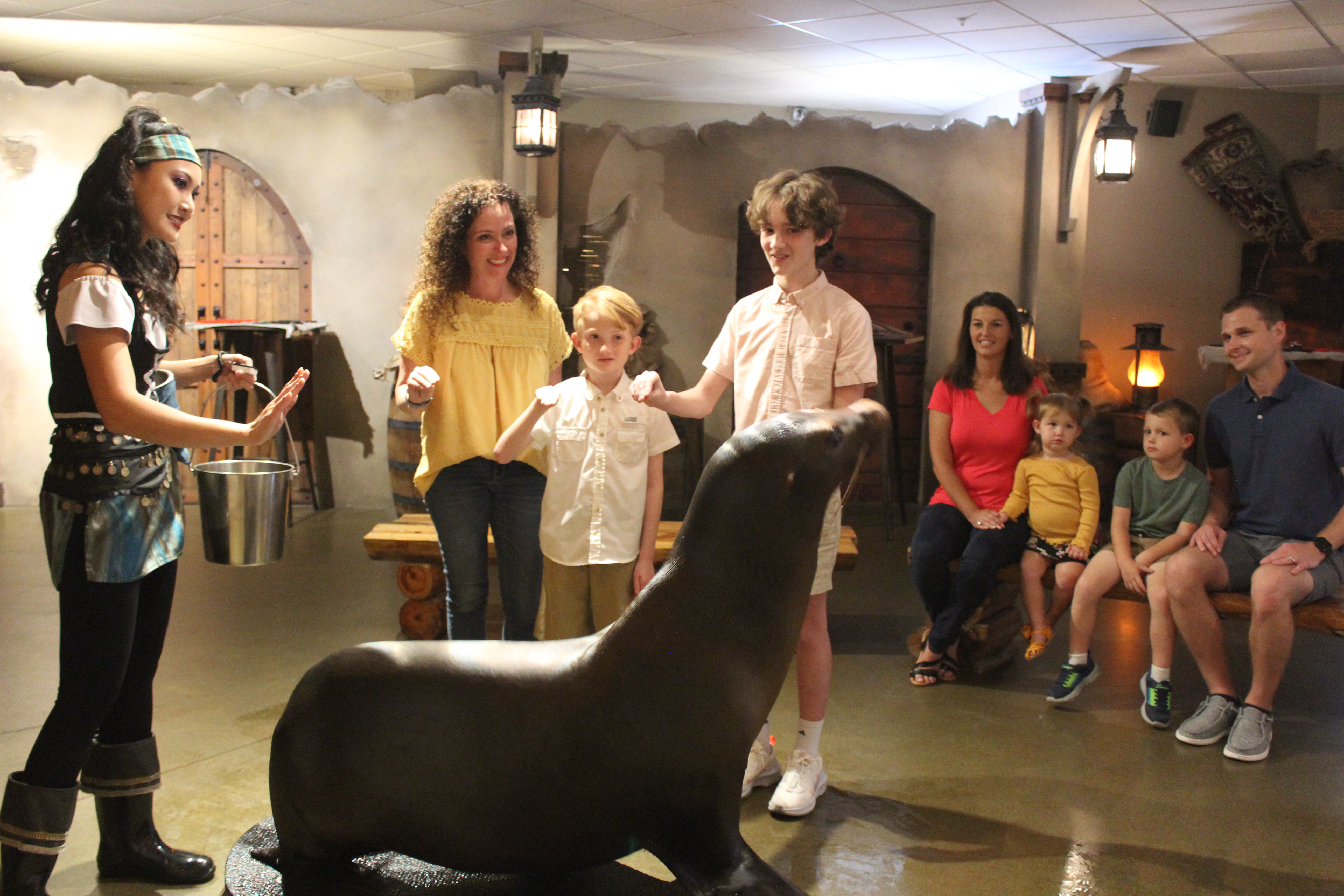 Animal Encounter
Animal Encounter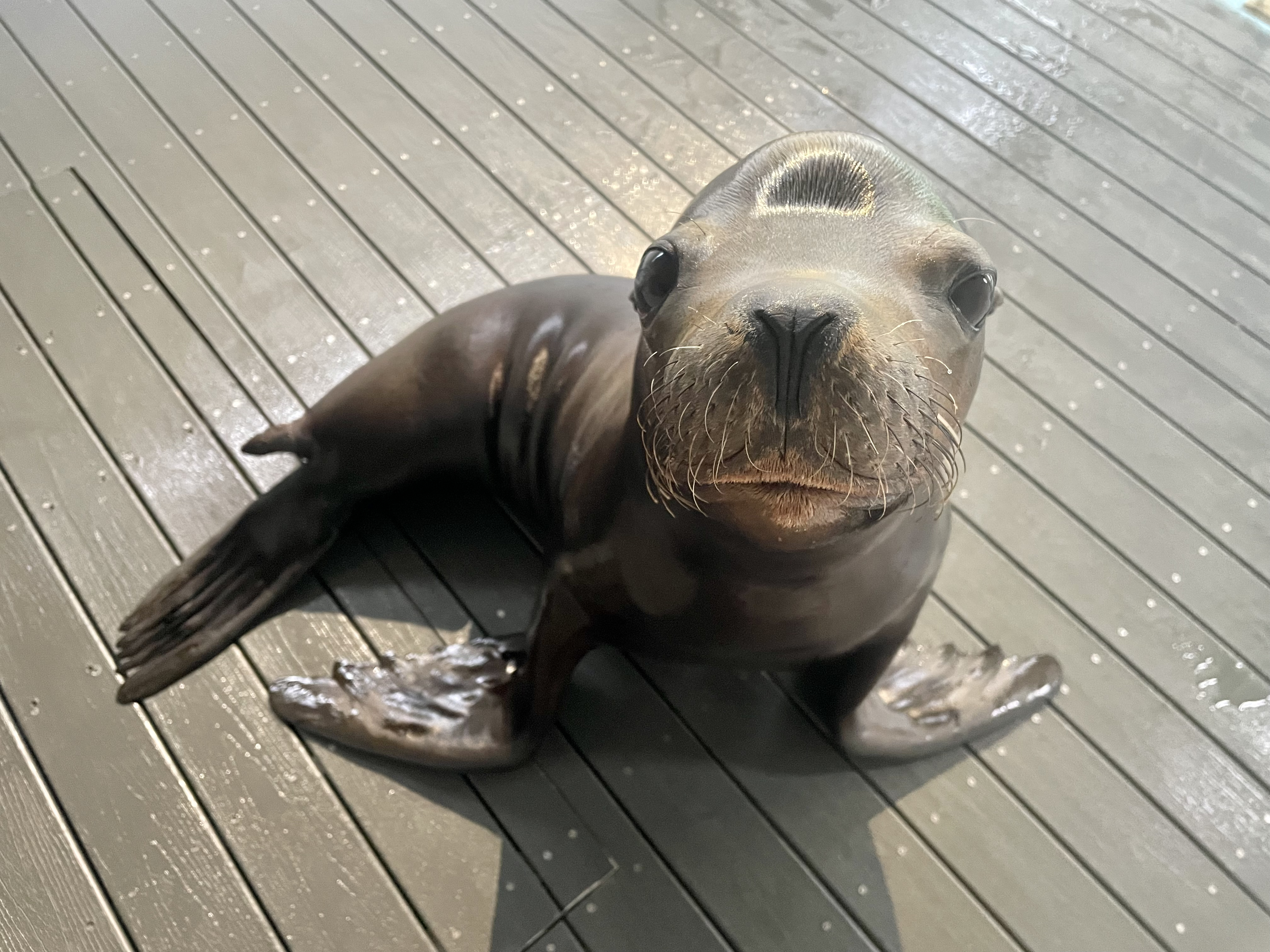 Our Locations
Our Locations
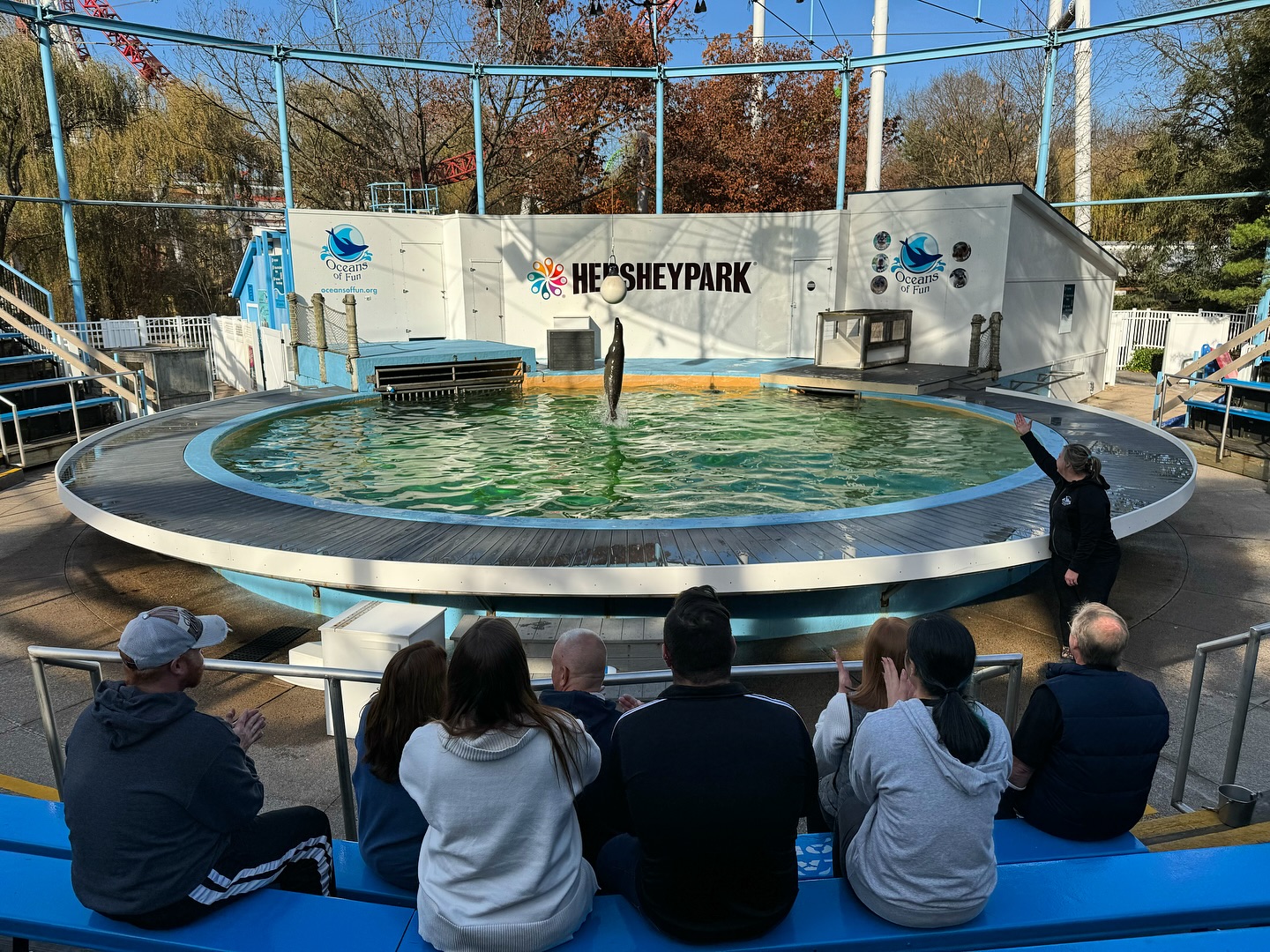 Family Fun
Family Fun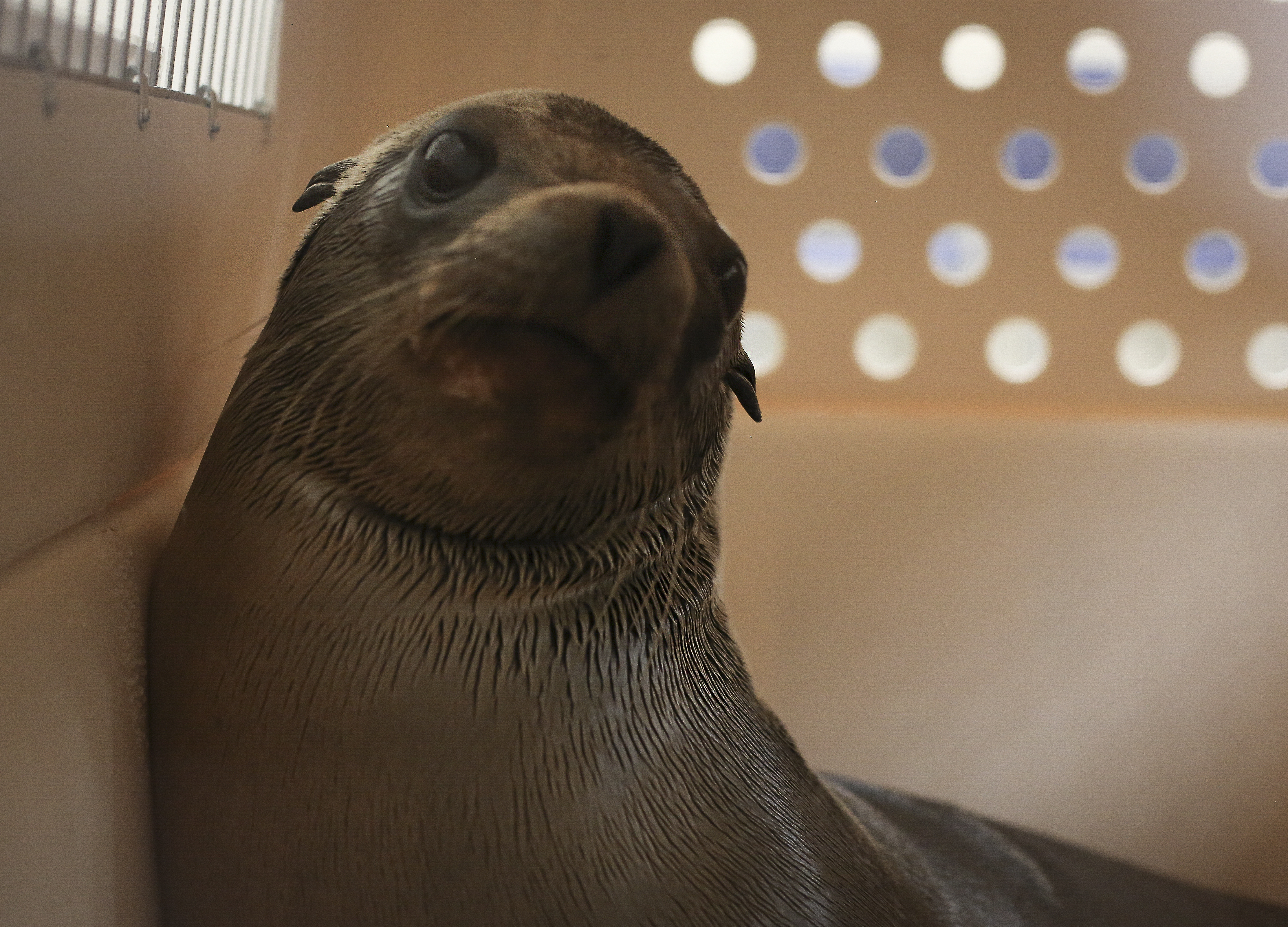
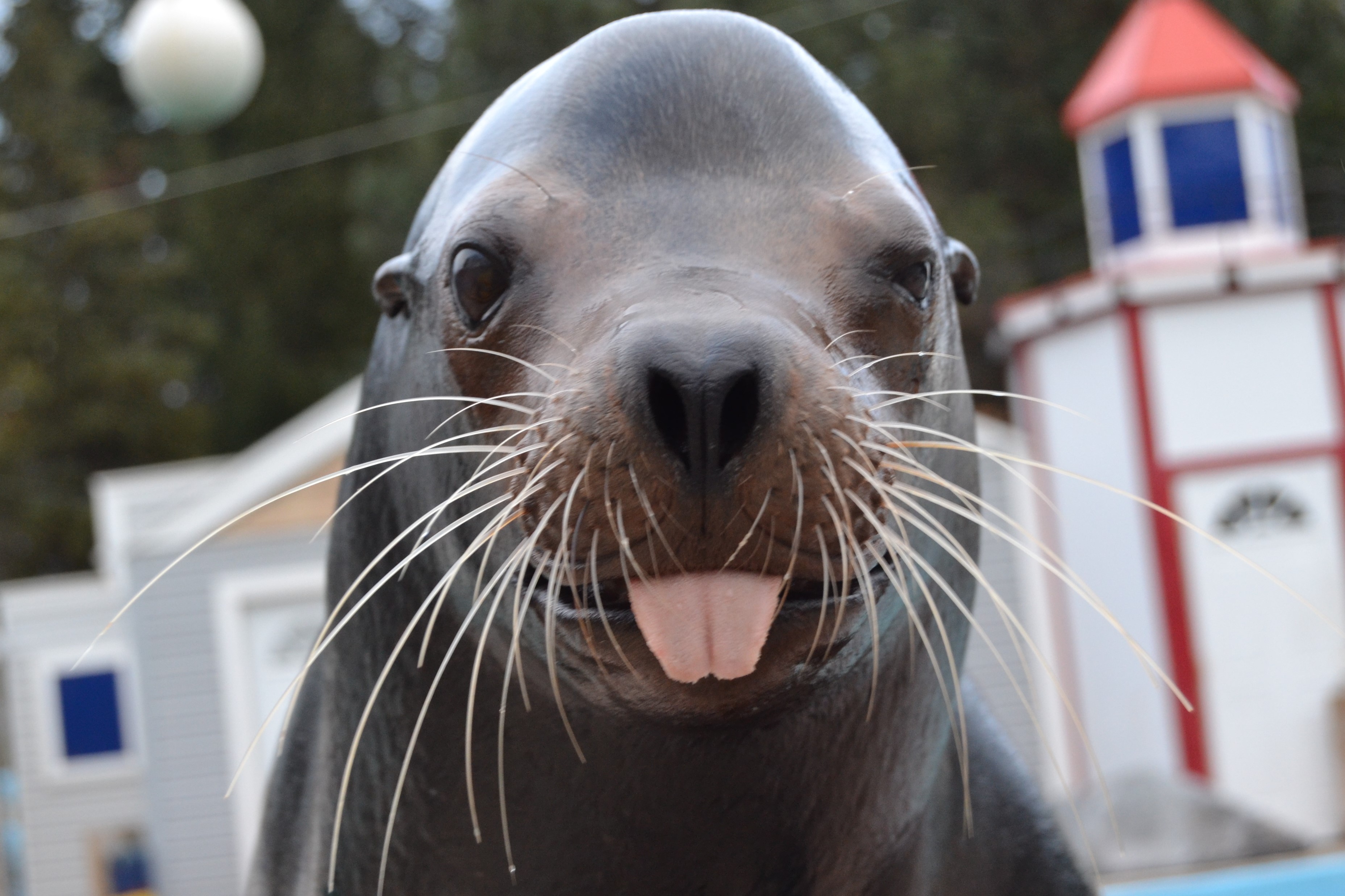
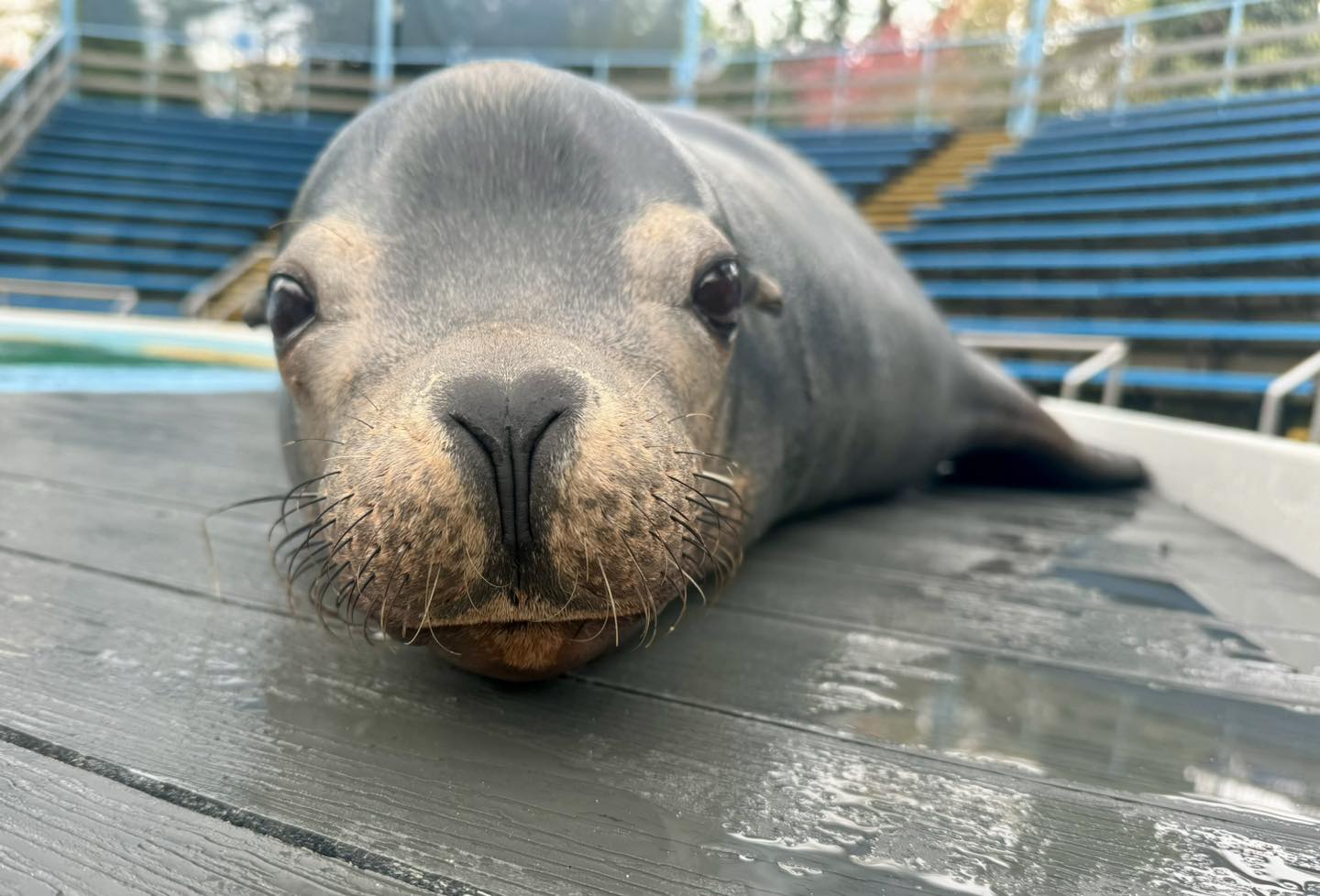 Meet Ripley!
Meet Ripley!

